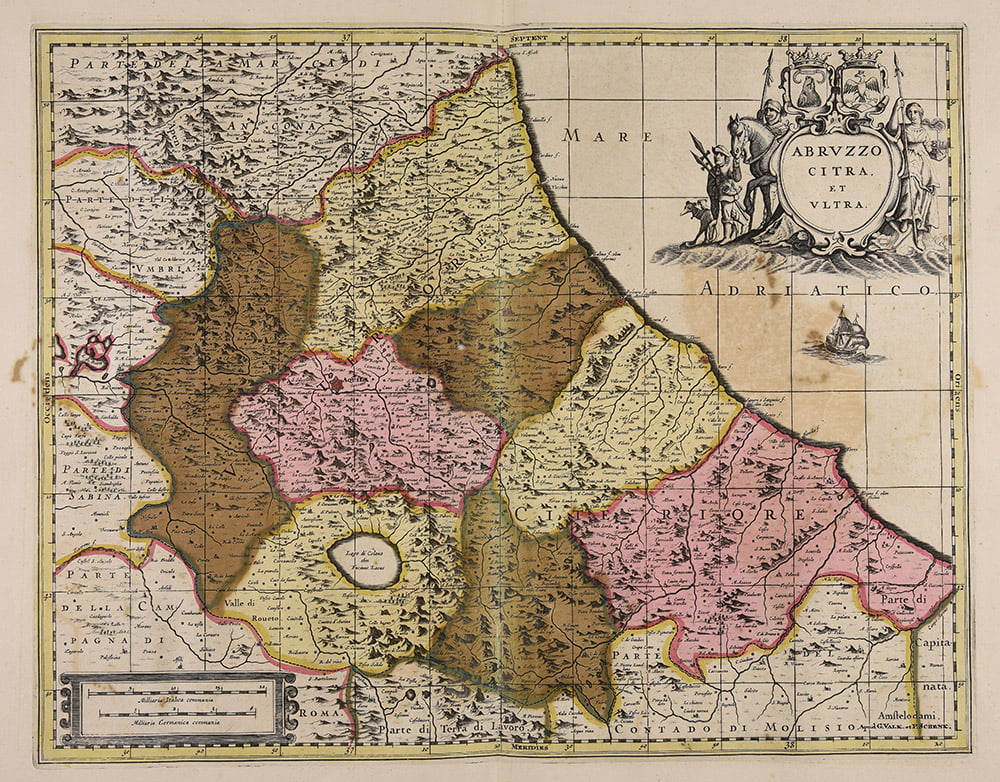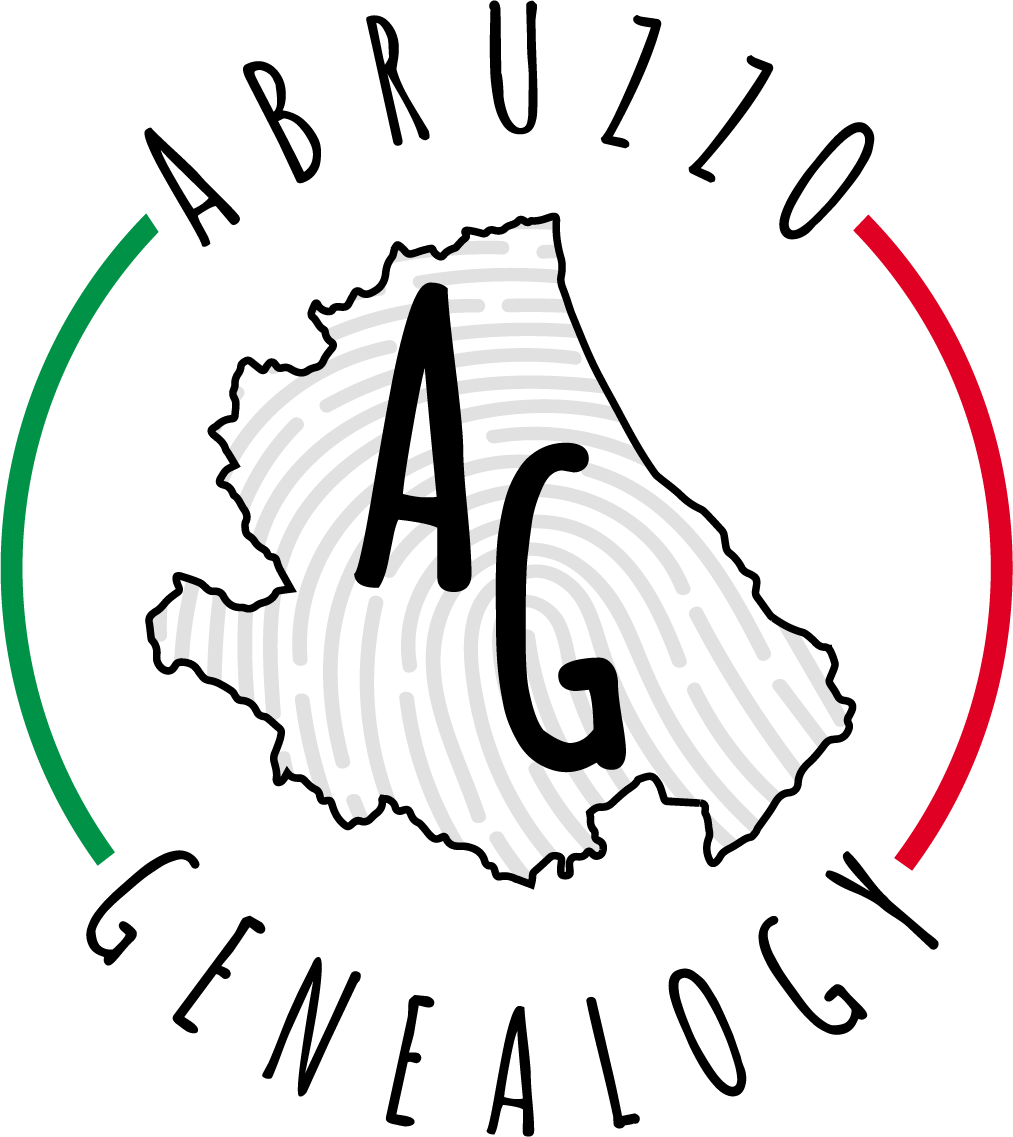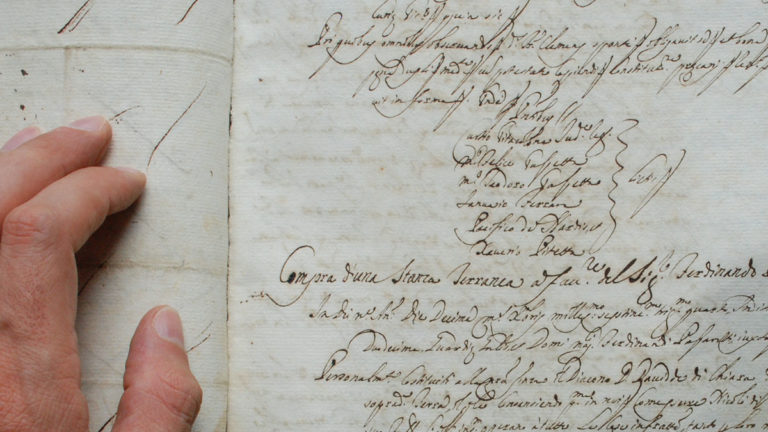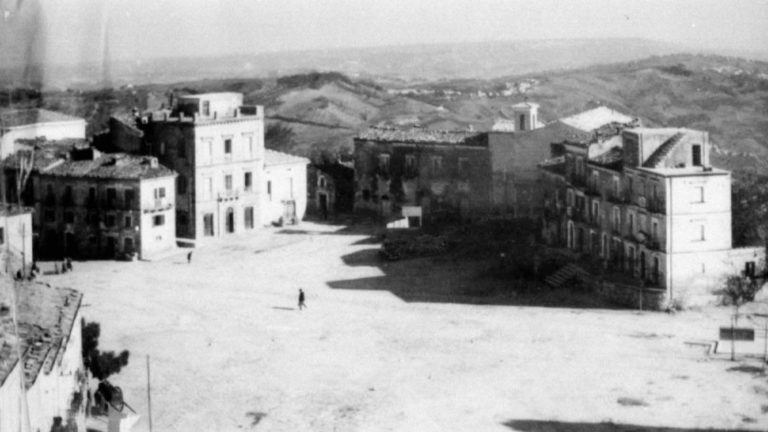Changes of Administrative Divisions of the Abruzzo Region in Time
A remark about how we should name locations in Abruzzo for our genealogy purposes
Currently the Abruzzo region includes four provinces (L’Aquila, Teramo, Chieti and Pescara) and 305 municipalities (“comuni”). To know more about them please take a look at our database. However, the current situation is the result of many changes that have taken place over time. Let’s see which are the main ones in the following table.
| Date | National State / Kingdom | The main changes |
|---|---|---|
| 1970 | Republic of Italy | Establishment of the province of Isernia |
| 1963 | Republic of Italy | Separation of “Abruzzi and Molise” into “Abruzzo” and “Molise“ |
| 1948 | Republic of Italy | “The Republic is divided into Regions, Provinces and Municipalities.” (Italian Constitution, art. 114) art. 131, the institution of the “Abruzzi and Molise” region. |
| 1927 | Kingdom of Italy | Establishment of the province of Pescara which will take part of the territory of Chieti and part of that of Teramo. Establishment of the province of Rieti to which part of the province of L’Aquila will be assigned. |
| 1882 | Kingdom of Italy | The provinces of the kingdom are renamed Aquila degli Abruzzi, Chieti, Teramo and Campobasso. |
| 1861 | Kingdom of Italy | The Kingdom of Italy substantially maintains the pre-unification provinces with the names Abruzzo Citeriore, Abruzzo Ulteriore I, Abruzzo Ulteriore II and Molise. |
| 1806 | Kingdom of Naples (Napoleonic) | Abruzzo Ultra is divided into Abruzzo Ultra I (with the capital Teramo) and Abruzzo Ultra II (with the capital L’Aquila) |
| 18th century | Kingdom of Naples (Bourbon) | Historical provinces of the Kingdom of Naples are Abruzzo Citra, Abruzzo Ultra, and Contado di Molise which follow the division into justiciarates wanted for the Kingdom of Sicily by Charles of Anjou (1273) |
Of course, this is only a simplified outline, so it may not be extremely precise and complete. However, we believe it may be sufficient for our goals. Still, we hope that it will be useful for those who have to deal with all these changes.

Interestingly, good genealogical research practices suggest reporting the place name as it was at the time of the event. Furthermore, place names are usually reported according to the jurisdiction hierarchy commonly made up of four elements. This also applies to locations in the United States and to FamilySearch.
Examples:
- Guardiagrele, Chieti, Abruzzo, Italy (municipality, province, region, country)
- Quincy, Norfolk, Massachusetts, United States (town/city, county/parish/borough, state, country)
Clearly, this system originates a sequence of different names for different historical moments even if they refer to the same location.
Example:
- before 1806: Accumoli, Abruzzo Ultra, Kingdom of Naples
- before 1861: Accumoli, Abruzzo Ultra II, Kingdom of the Two Sicilies
- before 1882: Accumoli, Abruzzo Ulteriore II, Kingdom of Italy
- before 1927: Accumoli, Aquila degli Abruzzi, Kingdom of Italy
- after 1927: Accumoli, Rieti, Kingdom of Italy
- after 1948: Accumoli, Rieti, Lazio, Italy
Obviously the town of Accumoli has not moved and all the descriptions above refer to the same physical place. However, to be accurate, the entire administrative hierarchy must be specified even if this is not constant over time. If we think about it, the most consistent solution is always to keep the name of the place at the time of the event. This solution also protects us from possible future changes: imagine if our research is published and stored for decades in a library. If we want to be even more sure, we can do like in the military world and combine the geographical coordinates with the name of the place.
The same problem is a bit everywhere in the world, think for example of the United States when it comes to indicating events that occurred in the colonial era.
The solution that we often adopt is to use the current naming, but we always make sure that the physical place to which the event refers coincides (or is included) with the current one. This choice is mainly due to three reasons:
- genealogy applications consider places with different names (or parts of names) separate, resulting in inconsistencies in reports and diagrams;
- family trees and shared databases (such as those on FamilySearch) use different approaches depending on the author, so too much accuracy is sometimes useless or even detrimental;
- my clients are interested in knowing where events happened looking at the current map, sometimes even traveling to see the place.
Whether you choose one approach over the other, the important thing is to maintain consistency and ensure that the location is uniquely identified. Besides, there is always the possibility of adding an address, geographical coordinates or comments to dispel any possible doubts.






